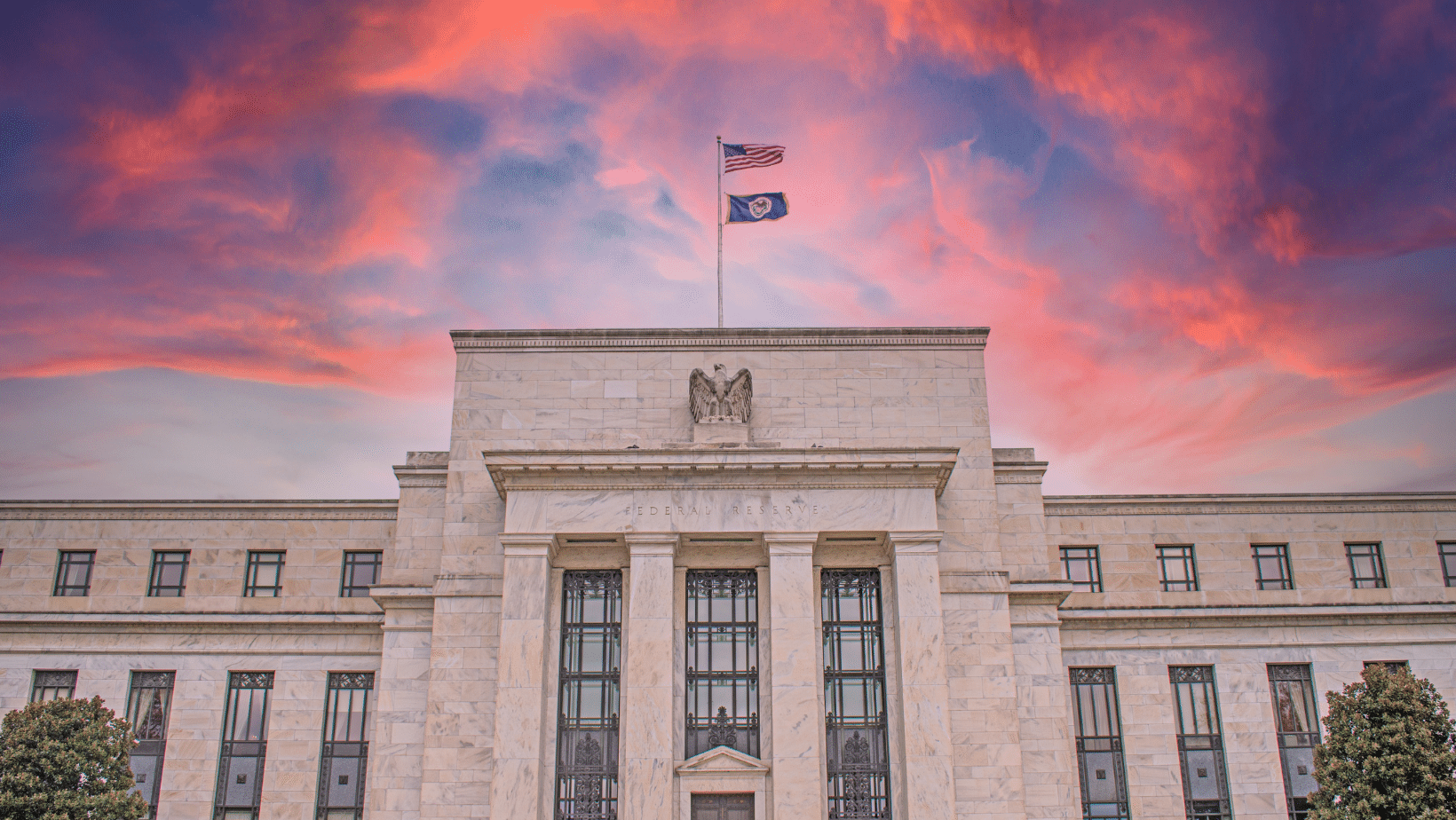An Overview of the Newly Passed $484 Billion COVID-19 Relief Package

Earlier today (Friday, April 24, 2020), President Donald Trump signed the Paycheck Protection Program and Health Care Enhancement Act. This additional $484 billion relief package comes less than a month after the historic $2 trillion Coronavirus Aid, Relief, and Economic Security Act, or CARES Act, which offered relief funds for businesses, families, unemployed individuals and others affected by the current pandemic. This new legislation is more restricted in scope, focusing primarily on replenishing funds for the Paycheck Protection Program and offering more financial relief for hospitals and healthcare workers across the country. The specifics of this relief package and how it may pertain to you, your business and your local healthcare facilities are detailed here.
Hospitals, Health Systems & Care Providers
This bill is allocating an additional $75 billion to go toward hospitals, health care providers and systems across the United States. As a part of the “Public Health and Social Services Emergency Fund,” this money is meant to reimburse providers for related expenses or revenue lost as a direct result of COVID-19.1 This money can not be used in cases where reimbursements have already been received through other means. Providers who provide diagnoses, treatment or care for individuals with possible or actual cases of COVID-19 are eligible to access these funds.
Such healthcare providers include:
- Public hospitals
- Medicare and Medicaid enrolled suppliers or providers
- For-profit hospitals and healthcare providers
- Not-for-profit hospitals and healthcare providers1
Research and Testing For COVID-19
In addition to the above, the “Public Health and Social Services Emergency Fund,” will receive $25 billion “to prevent, prepare for, and respond to coronavirus” in the form of research, development, manufacturing, purchasing, administering and testing individuals who may be currently infected or previously exposed to the virus.1 This fund is also meant to help healthcare providers procure additional protective equipment necessary to administer tests safely.
Here’s how the $25 billion will be split amongst healthcare facilities and researchers:
- $11 billion for states, localities, territories, tribes, tribal organizations, urban Indian health organizations or health service providers to tribes.
- $4.25 billion for states, localities and territories to be divided formulaically based on the relative number of COVID-19 cases.
- $2 billion to states, localities and territories in accordance with the Public Health Emergency Preparedness agreement.
- $1.8 billion for the National Institutes of Health – Office of the Director.
- $1 billion for the Centers for Disease Control and Prevention (CDC).
- $1 billion to assist healthcare providers testing uninsured patients.
- $1 billion for the Biomedical Advanced Research and Development Authority.
- $750 million for tribes, tribal organizations, urban Indian health organizations or health service providers to tribes, in accordance with the Director of the Indian Health Service.
- $600 million in grants through the Health Resources and Services Administration – Primary Health Care.
- $500 million for the National Institutes of Health – National Institute of Biomedical Imaging and Bioengineering.
- $306 million for the National Institutes of Health – National Cancer Institute.
- $225 million for rural healthcare clinics looking to expand their COVID-19 testing capabilities.
- $22 million for the “Department of Health and Human Services – Food and Drug Administration – Salaries and Expenses.”1
The Department of Health and Human Services Secretary will also be required to issue a report every 30 days that includes the number of cases, hospitalizations and deaths as a result of COVID-19. In these mandatory reports, the Secretary will be required to provide distinguishing demographic characteristics such as race, sex, age, ethnicity, etc. until the health emergency has ended.1
The Paycheck Protection Program
This new legislation will make an additional $320 billion available to businesses affected by the COVID-19 pandemic. As a reminder, the Paycheck Protection Program is designed to assist small businesses with 500 or fewer employees. Qualifying businesses may receive up to $10 million in loans administered by banks or other lenders, and the interest rate would not exceed one percent.2
The Paycheck Protection Program offers qualified employers the potential to receive loan forgiveness if at least 75 percent of the money received is used to maintain payroll through June of 2020. They may also use the loan to pay interest on mortgages and rent and utilities.2 In order to be eligible for loan forgiveness, the business must maintain the same number of employees (equivalents) in the eight weeks following the date of origination of the loan as it did from either February 15, 2019 through June 30, 2019, or from January 1, 2020 through February 29, 2020.3
Small Business Administration
$62.1 billion will be granted to the Small Business Administration to assist small businesses who have been hit hard by the current pandemic.1
This amount will be broken down by:
- $2.1 billion in salaries and expenses
- $50 billion for the “Disaster Loans Program Account” to cover the cost of direct loans authorized by the SBA
- $10 billion for emergency EIDL grants1
The newly passed Paycheck Protection Program and Health Care Enhancement Act is designed to assist those who have been hit hard by this global pandemic – small businesses forced to cease or reduce operations and healthcare providers on the frontlines. If you’re a small business owner hoping to take advantage of these available funds, refer to official government sites, such as the SBA’s Guidance & Loan Resources for further assistance.
As always, if you have any questions for us during this unprecedented time, please contact us – we are here to help and are all in this together!
